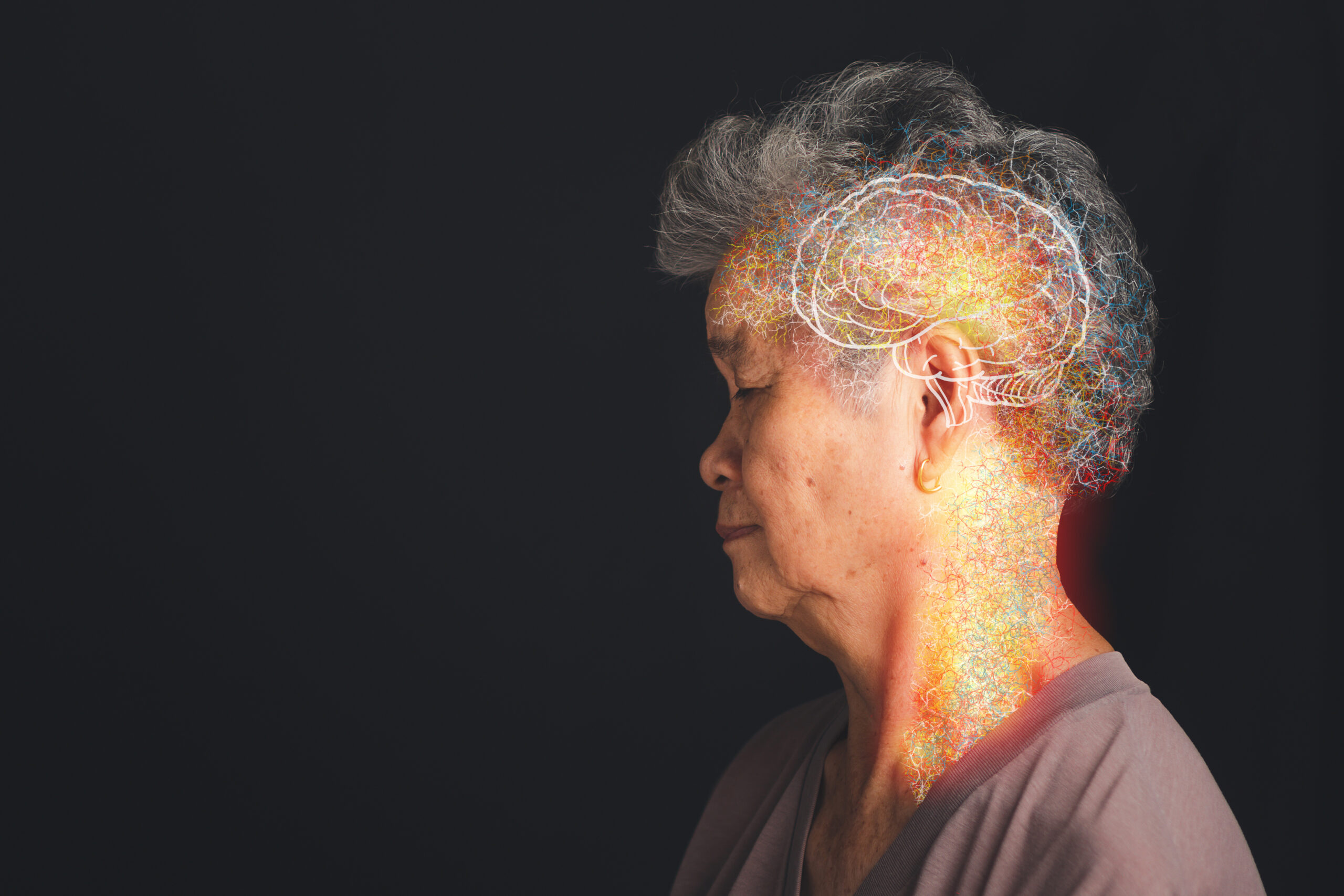How Light Projection Therapy Is Easing Dementia Stress
Dementia is a chronic disorder that affects millions of people worldwide, especially elderly individuals. It is characterized by a decline in cognitive function, memory loss, and behavioral changes. As the disease progresses, individuals with dementia may experience increased stress and agitation, making it challenging for them to lead a peaceful and comfortable life.
However, in recent years, a new therapy has emerged that has shown promising results in easing dementia-related stress and improving overall well-being. This therapy is known as Light Projection Therapy (LPT), and it is gaining popularity among caregivers and healthcare professionals for its effectiveness in managing dementia symptoms.
What Is Light Projection Therapy?
Light Projection Therapy, also known as light therapy or phototherapy, is a non-invasive treatment that uses specific wavelengths of light to stimulate brain cells and improve brain function. This therapy involves exposing an individual to controlled amounts of light using specialized light sources, such as lamps or light boxes.
The light used in LPT may vary in color, intensity, and duration, depending on the individual’s needs and the type of dementia they have. Typically, the therapy involves daily sessions of 30 minutes to an hour for several weeks or months.
How LPT Eases Dementia Stress
Dementia can cause a range of symptoms, including anxiety, depression, restlessness, and sleep disturbances. These symptoms can significantly impact an individual’s quality of life and increase the burden on their caregivers.
LPT works on the principle that light exposure can regulate the body’s internal clock and impact mood and behavior. The light used in this therapy mimics natural sunlight and can help regulate melatonin production, a hormone responsible for regulating sleep-wake cycles.
By exposing individuals with dementia to controlled amounts of light, LPT helps in resetting their body clocks, improving sleep patterns, and reducing symptoms such as agitation and restlessness. This, in turn, can help reduce stress levels and improve overall well-being.
Additionally, LPT has been shown to increase the release of serotonin, a neurotransmitter that plays a vital role in regulating mood. This can help alleviate symptoms of depression and anxiety, commonly experienced by individuals with dementia.
Effectiveness of LPT in Easing Dementia-Related Stress
Several studies have been conducted to evaluate the effectiveness of LPT in managing dementia-related stress. A 2014 study published in the Journal of the American Medical Directors Association showed that LPT significantly reduced agitation and restlessness in individuals with dementia. The study also reported improvements in sleep patterns and overall well-being.
Another study published in the Journal of Affective Disorders in 2018 examined the effects of LPT on depression and sleep disturbances in elderly individuals with dementia. The results showed a significant reduction in both depression and sleep disturbances after participants underwent LPT for four weeks.
Moreover, a review published in the American Journal of Geriatric Psychiatry in 2020 also found LPT to be effective in reducing agitation, anxiety, and depression in individuals with dementia.
Overall, these studies suggest that LPT can be a safe and effective treatment for managing stress and improving overall well-being in individuals with dementia.
Other Benefits of LPT for Dementia Patients
Aside from easing stress, LPT has also shown potential benefits for individuals with dementia in other areas. Some studies have reported improvements in cognitive function and memory after undergoing LPT. This could be due to the therapy’s ability to stimulate brain cells and promote neuroplasticity, the brain’s ability to form new connections.
Moreover, LPT has also been shown to improve vitamin D levels, which are crucial for maintaining bone health and preventing falls, a common concern among elderly individuals with dementia.
Is LPT Safe?
LPT is generally considered safe, but like any other medical treatment, it may have some risks and side effects. Some individuals may experience eye strain, headache, or nausea during or after LPT sessions. However, these side effects are usually mild and temporary.
It is essential to consult a healthcare professional before starting LPT, as some individuals may have pre-existing conditions that could make them more sensitive to light exposure.
Conclusion
Dementia is a complex disorder that can significantly impact an individual’s quality of life. However, with the emergence of Light Projection Therapy, there is hope for managing dementia-related stress and improving overall well-being. The therapy’s non-invasive nature, along with its potential benefits, makes it a promising treatment option for individuals with dementia. As more research is conducted on LPT, it is expected to become a widely used therapy in managing this debilitating condition.





